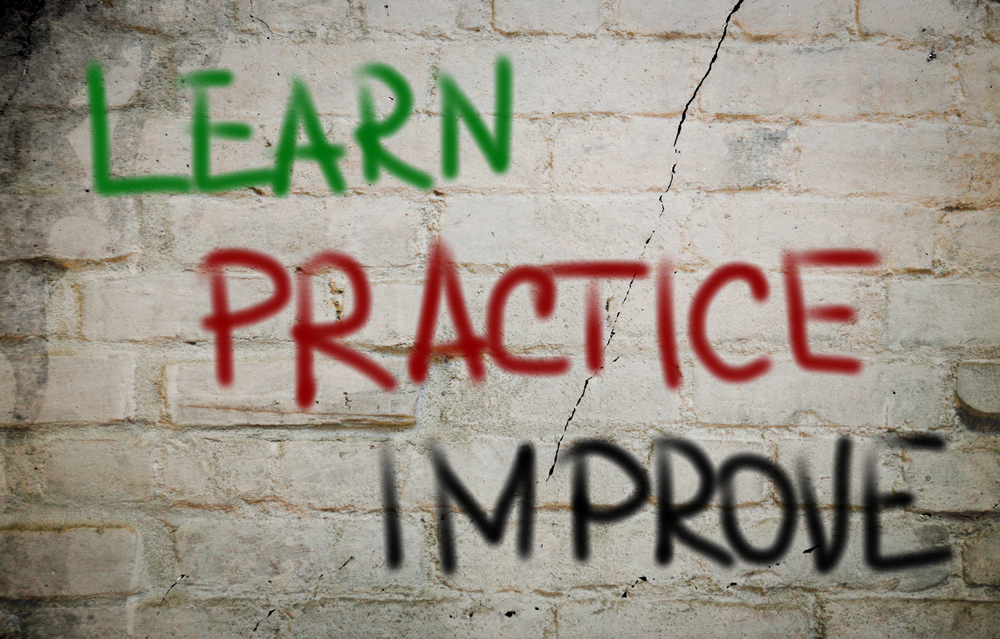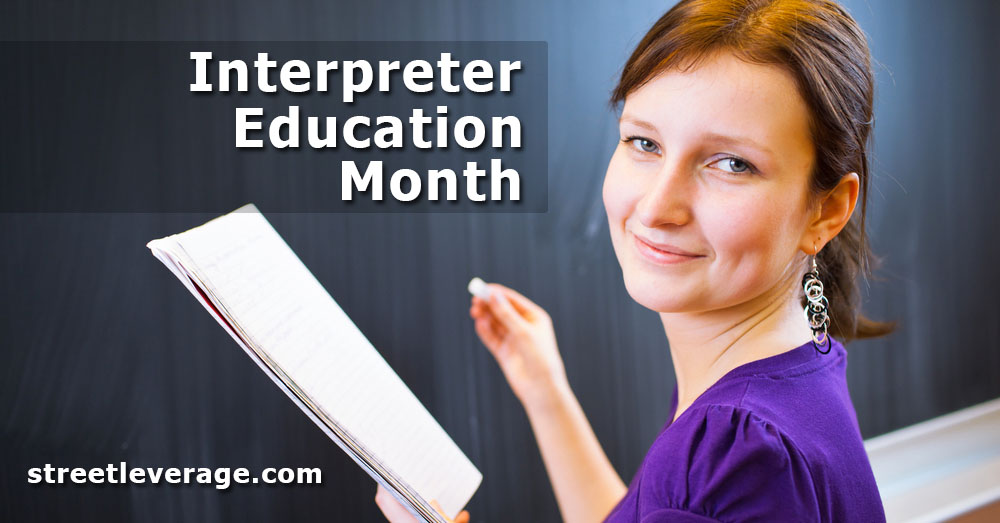
When examining the struggles and failings of our profession, we may be frightened and reluctant to consider our role. Brian Morrison suggests that asking the right kind of questions can help us be the change we wish to see in our industry.
As sign language interpreters, we know there are aspects of our industry that just aren’t working the way they should. Just looking through the StreetLeverage site, we see examples and stories of the failings in our profession. From the disempowerment of our Deaf consumers to the underutilization of Deaf interpreters; from sign language interpreters’ lack of Deaf heart to the “business” view of the profession; from the lack of BA degree level education to the lack of support for new members entering the profession. As we reflect on these, and numerous other issues facing our field, we often fail to consider our role in these industry failings. We are also reluctant to ask ourselves the ever important question…“What can I do?”
Underlying Factors
Maybe the answer is as simple as this…It’s easier. It’s easier to abdicate our responsibility and blame others for the failings we see. It’s easier to hope that others in positions of leadership will fix the problems so we don’t have to.
Maybe it’s a business decision. Being complacent with the status quo keeps us working. We need this work to make a living and can’t risk losing it. We let agencies dictate standard practice because they are paying the bills.
Maybe we are concerned about being viewed in a position of disempowering the Deaf consumer with our actions. We therefore revert to more of a machine model of interpreting in order to avoid that label. We deny the power we have rather than recognize that we may, in fact, be contributing to the disempowerment.
Maybe it’s not so much “what can I do?” but “how can I do it?” Maybe we want change and know that we need to do something, but we aren’t sure how to go about it. We continue to ask ourselves “how” and since we can’t answer that…we choose not to do anything.
But maybe that “how” isn’t what we should be asking.
Asking the Right Questions
I recently started reading a book called “The Answer to How is Yes” by Peter Block. In this book, Block discusses our tendency to focus on the “how we do things” rather than the “why we do things.” He encourages individuals to choose accountability and saying ‘yes’ to our values and ideals. It’s a “discussion of what is required of us if we are to act on what we care about”.
Focusing on the individual as part of the organization, Block posits that the asking “HOW”, while reasonable, can be asked too soon and keep us trapped in our present way of thinking. Instead, the alternative is to say “YES”. Saying YES allows for the possibility of change.
The following chart outlines how Block proposes we reframe HOW questions into YES questions:
|
HOW Questions |
YES Questions |
| How do you do it? | What refusal have I been postponing? |
| How long will it take? | What commitment am I willing to make? |
| How much does it cost? | What is the price I am willing to pay? |
| How do you get those people to change? | What is my contribution to the problem I am concerned with? |
| How do we measure it? | What is the crossroad at which I find myself at this point in my work? |
| How are other people doing it successfully? | What do we want to create together? |
Asking the YES questions as an individual and as a community will help us focus on what truly matters and not just maintain the status quo. While it might be scary to confront our failings and make changes, we can and we must recognize the impact we have as individuals.
Three Qualities for Change
In order for these types of questions to be successful, Block identifies three qualities that will ground us while we navigate this process.
The first is idealism. Many of us have lost that feeling of ‘what’s possible’ and have replaced it with ‘what is’. If we can once again create that feeling of idealism, we open ourselves up to pursuing our values and bring focus to what matters.
The second is intimacy. We are living in a world of virtual reality. We walk around tied to our electronics…texting, emailing, and Skyping our way through relationships. Intimacy is about the quality of our contact with others. We must continue to seek out direct contact and interaction with the world. As with idealism, intimacy is necessary for focusing on what matters.
The third quality is depth. While idealism and intimacy are required for us to focus on what matters, if we aren’t able to go deeper and reflect on what exactly does matter, no change will take place.
The failings of the sign language interpreting industry are evident. Just looking through the StreetLeverage site, we see common stories. We can no longer deny that we have a role in these failings. We can’t sit by and expect the profession to fix itself and solve the problems for us. But we can start to ask YES questions. We can make a commitment to change. We can influence the change that fixes our industry. That starts with each of us.
Committing to YES Conversations
Once we have committed to change, we must have conversations we each other. Anna Witter-Merithew’s article, Sign Language Interpreters: Breaking Down Silos Through Reflective Practice, provides us with some great strategies for having these discussions and reflecting on our work. These kinds of experiences can tie together the three qualities of idealism, intimacy, and depth and help us get the YES questions answered.
In the words of Peter Block…
“Transformation comes more from pursuing profound questions than seeing practical answers”.







